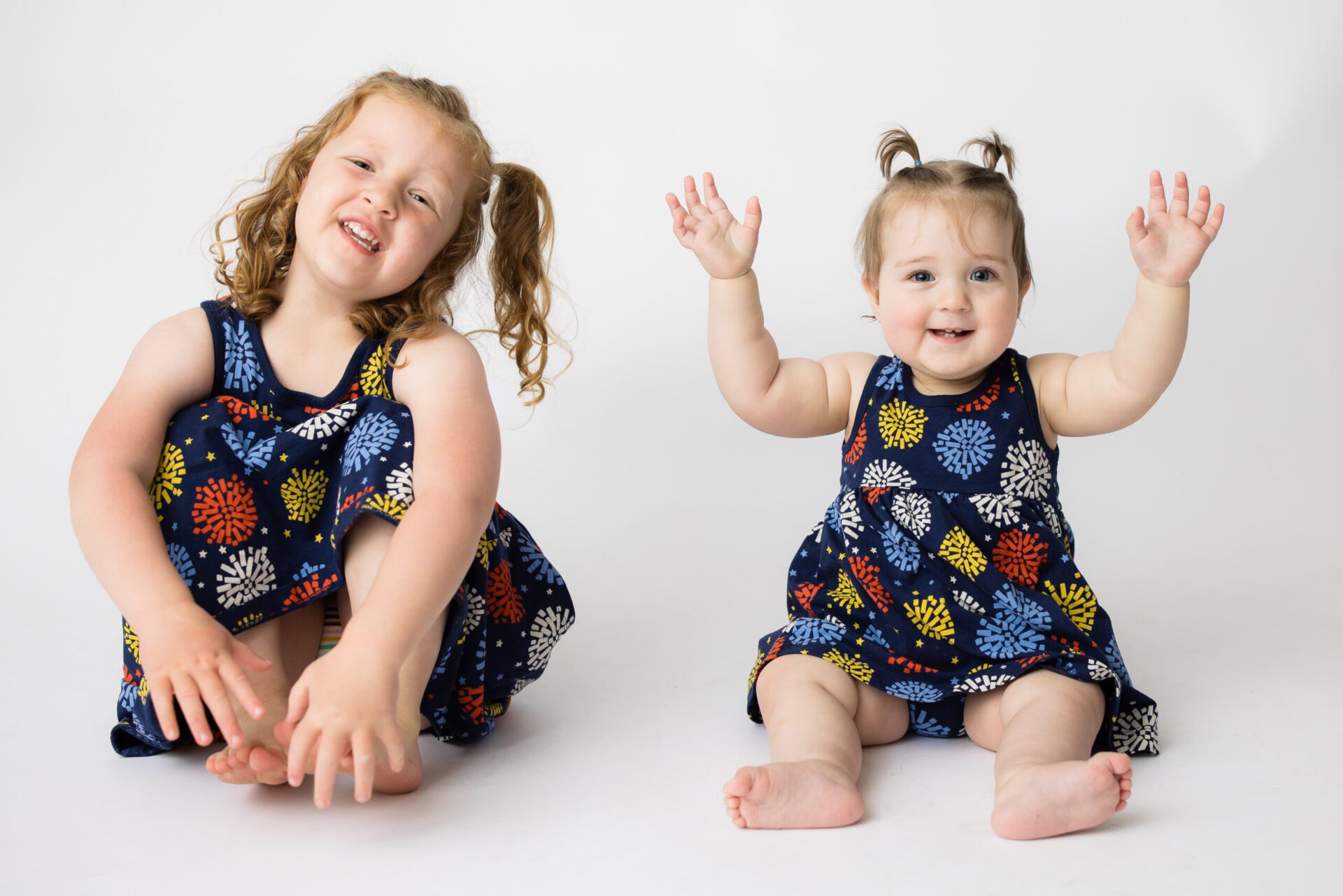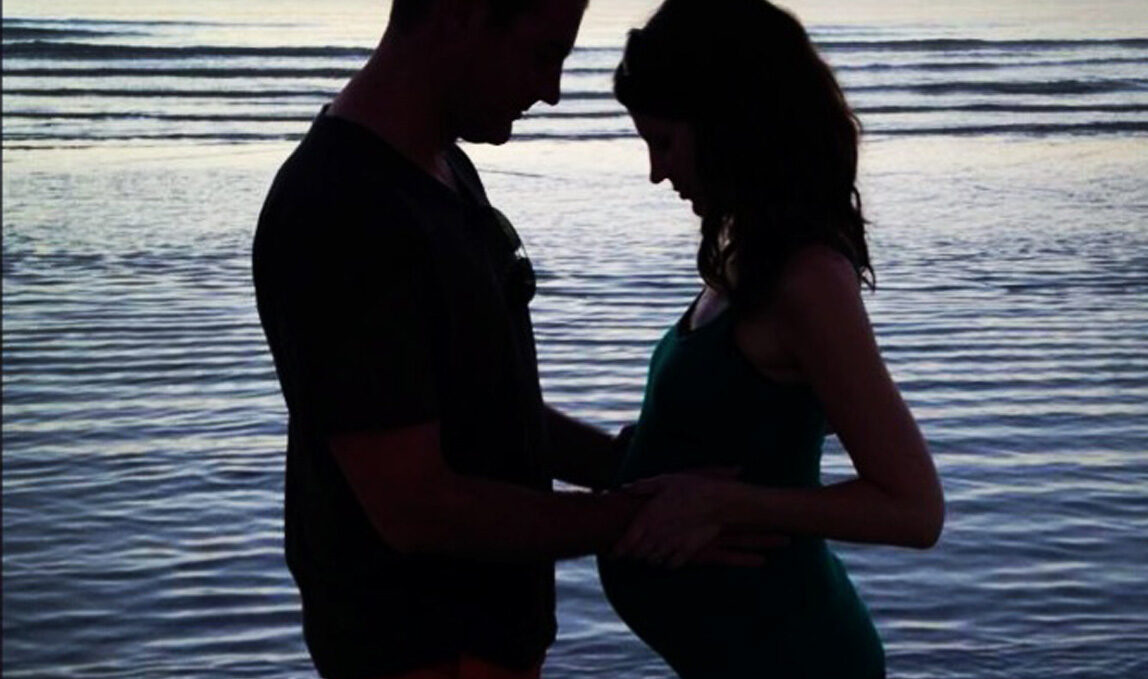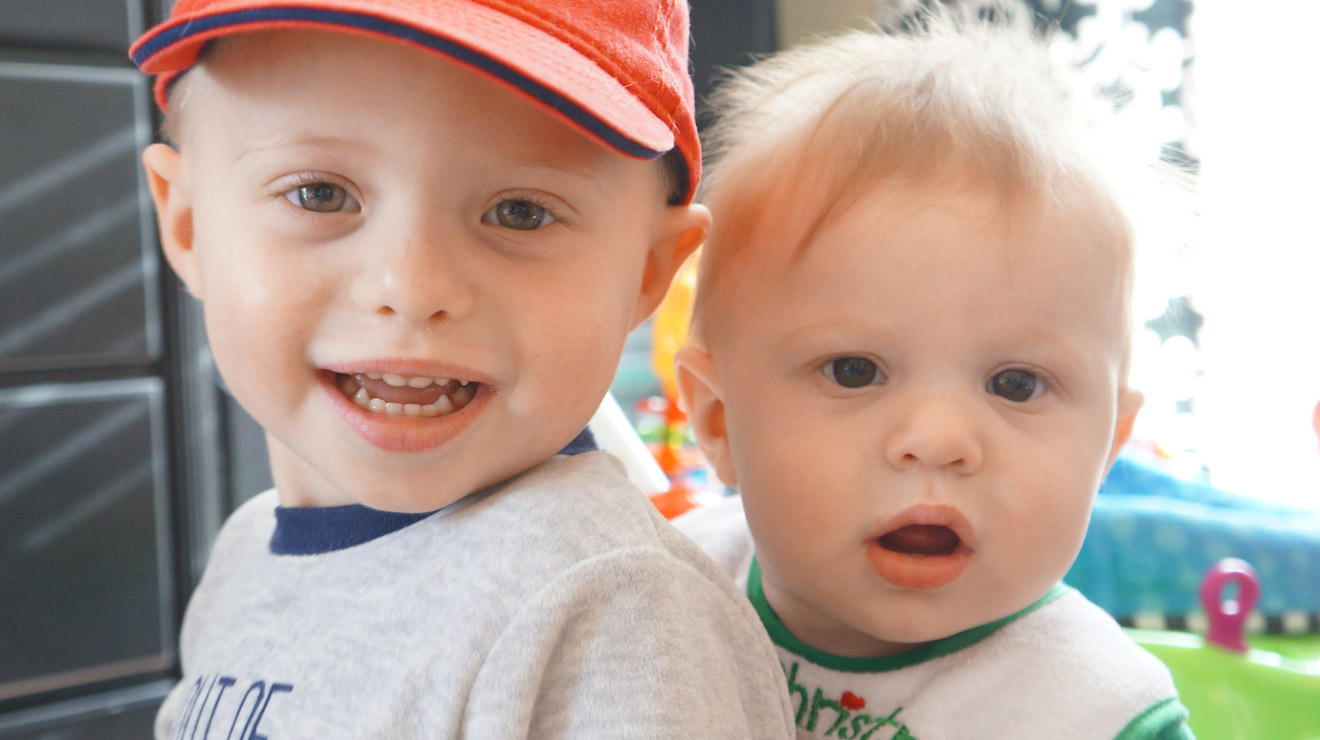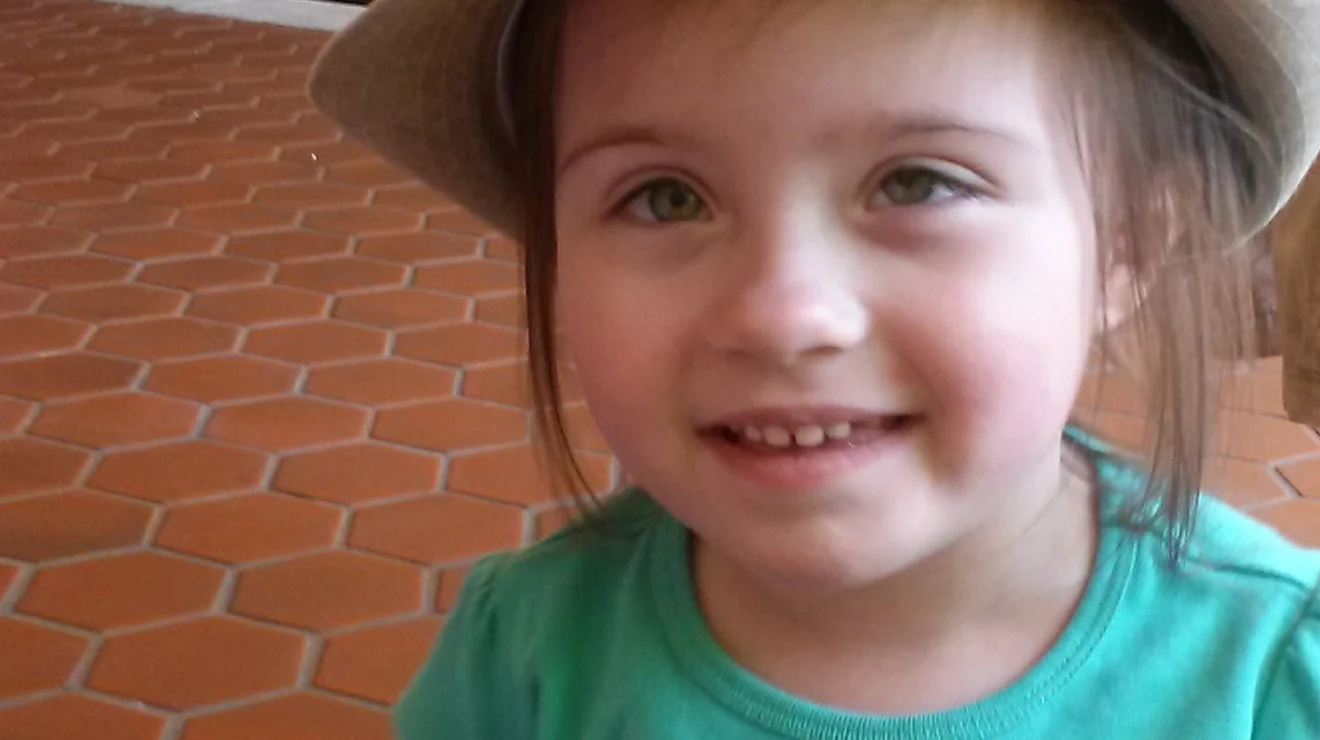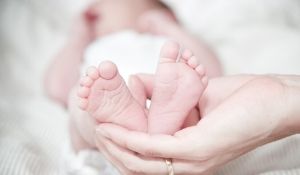Finding Family: Rachel and Mike’s Emotional Journey Through Infertility
In a world where a right swipe can change your life, Rachel and Mike’s love story shows how unpredictable life can be. At 39, Rachel was on a dating app, sifting through blind dates, when she met Mike. Their immediate connection led to deep conversations early in their relationship. From credit scores to family plans, no topic was off-limits, and soon enough, they were planning a future together, complete with dreams of children. While their relationship blossomed effortlessly, though, infertility would make their journey to parenthood a challenging, but ultimately fulfilling, adventure.
After a whirlwind engagement and summer wedding, they eagerly started trying for a family. Rachel got pregnant shortly after they said, “I do,” but heartbreakingly, it ended in miscarriage. Encouraged by her OB/GYN, Rachel turned to Fertility Centers of Illinois (FCI). At first, she questioned his recommendation, stating that she heard, “that place is a factory.” He put her mind at ease, ensuring her, “If by factory you mean someplace with record numbers of successful healthy babies, sign me up for that factory”.
Finding Hope Through Fertility Treatments
From the very first consultation, Dr. John Rapisarda’s matter-of-fact yet empathetic demeanor provided Rachel and Mike with the clarity and guidance they desperately needed. “He saw my urgency,” Rachel recalled, appreciating how he recognized the value of time in their situation. After presenting the facts and numbers, Dr. Rapisarda led them to pursue in vitro fertilization (IVF) as the next step.
Rachel and Mike quickly learned that there were many steps before starting IVF, from filling out the necessary paperwork to learning her specific medication protocol to thinking about the future of their embryos. They were thankful for the guidance provided by the nurses, who Rachel highlighted as unsung heroes that help you navigate the process every step of the way.
The IVF process itself was not without its trials, either, from the shots, which Rachel credits her husband for administering, to the multiple egg retrievals that did not have the desired outcomes. Their optimism about growing their family gradually waned throughout their three unsuccessful IVF cycles – the third ending in an IUI because there were not enough follicles to retrieve – plus a hysteroscopy for Rachel.
Though they knew some of the challenges that they were up against given their age, they still could not fully prepare for the emotional rollercoaster they experienced. Watching potential embryos decrease in number created a level of uncertainty and heartbreak they had never encountered before. One retrieval resulted in a single blastocyst that they hoped could be, “the one,” but after sending it for genetic testing they received a disappointing call from Dr. Rapisarda. “I remember Dr. Rapisarda called me on the phone before the genetic counselor did to tell me that it was not a viable embryo and that he was very sorry,” Rachel shared.
The devastating news of non-viable embryos and multiple unsuccessful IVF cycles led them to reconsider their options. Rachel remembered the relief she felt when Dr. Rapisarda gave her a firm recommendation to use donor eggs.
They did not want to be hasty with their decision, though, so the couple took a break in Hawaii to recharge. Rachel shared, “We are older and definitely didn’t want to waste any time, but this was a really big decision.”
Determined to exhaust all options, they pursued the egg donor route. Rachel explained their process for choosing a donor, first exploring a known donor and then considering anonymous donors when they found out a family member who volunteered would not to be a great candidate.
Rachel was overwhelmed by the process, but thankfully she had an experienced care team who was more than willing to help when she needed it. “I found myself frustrated,” Rachel explained, “and I told the donor coordinator that I needed a big-picture overview and a step-by-step account of what was going to happen since I felt so anxious. She was so accommodating, she checked in with me almost daily when I told her how anxious I felt. My advice [to anyone going through this] is to know what you need and to ask for it. FCI staff will be happy to provide it.”
Their choice for the egg donor, who was their third or fourth pick due to long waitlists, turned out to be serendipitous. Rachel reflected on the magnitude of the decision, realizing that ultimately, the only thing that mattered is the love they would have for their children.
Now with the help of a donor, they had viable embryos to transfer. They transferred an embryo on March 17, 2020, four days after the world seemingly shut down due to COVID-19, and two weeks later, she saw the long-awaited two lines.
After months of enjoying a relatively low-key pregnancy during lockdown, they welcomed their daughter, Ruthie, and were over the moon.
You can read Ruthie’s first story here!
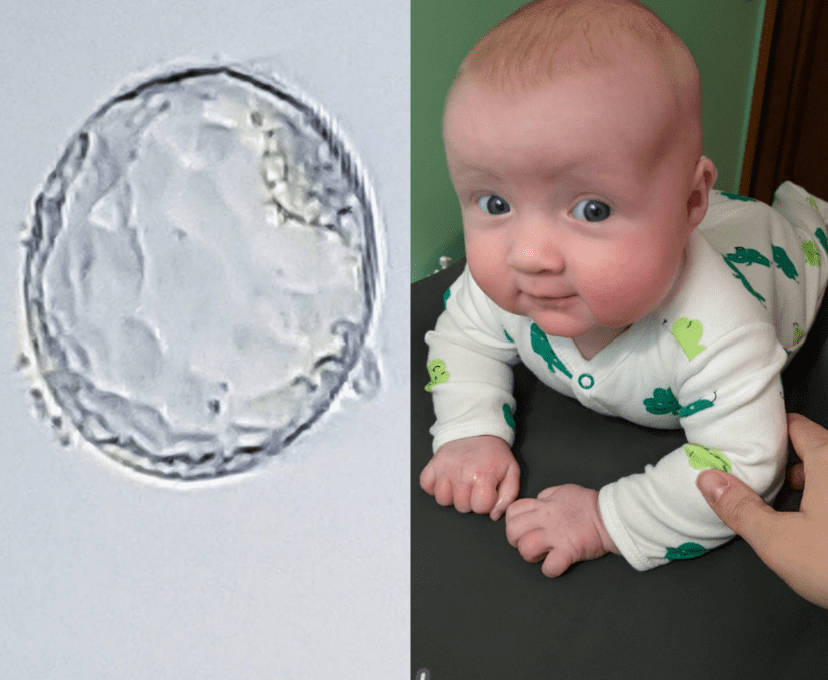
She gushed about her little miracle, saying, “Ruthie is the cutest thing ever! Even when I’m so tired, she smiles at me, and I melt. She may have been born during this COVID year, but she’s a ray of sunshine to all who meet her. She has big cheeks, sparkly eyes, and an infectious laugh.”
Rachel and Mike were soaking up every minute with their little family and about a year and a half later decided to try to give their daughter a sibling. Rachel shared the reason she felt it was especially important to have a second child with the embryos they had, saying, “Ruthie has this unique journey. Let me give her a sibling who is 100% genetically related to her if I can.”
Fertility Treatments Round Two: Trying for a Second Child
At this point, they knew the process and had it all figured out. Armed with five healthy embryos and the confidence of a previous successful birth, she believed her body had cracked the baby-making code. However, as life often does, it threw them a curveball. Their first two embryo transfers didn’t work.
On their third attempt, they did a dummy protocol (a simulation of the procedure without the actual transfer of embryos to see how easily an embryo will be able to travel through the cervix to the womb) and made adjustments to her medications. It worked, but joy turned into despair when Rachel learned the baby wasn’t progressing.
She ultimately decided to terminate the pregnancy for medical reasons, but the experience made her question if a second child was in the cards for them now that she was in her mid-40s with just one embryo left. Dr. Rapisarda’s optimism provided a glimmer of hope. She had Ruthie from the same batch, he reminded her, reinforcing the potential for another miracle.
“My husband was kind of like, we don’t have to do it. And I didn’t feel like a desperation like I did before our first child, because I had our first child,” Rachel explained. “But I also felt like I’ve come this far. I have this embryo. My insurance covers this. Let’s do it.”
Before transferring their final embryo they did a “scratch” (a procedure that involves ‘scratching’ the endometrium – or lining of the womb – to improve chances of implantation). Two days later Rachel’s intuition was telling her that she was pregnant.
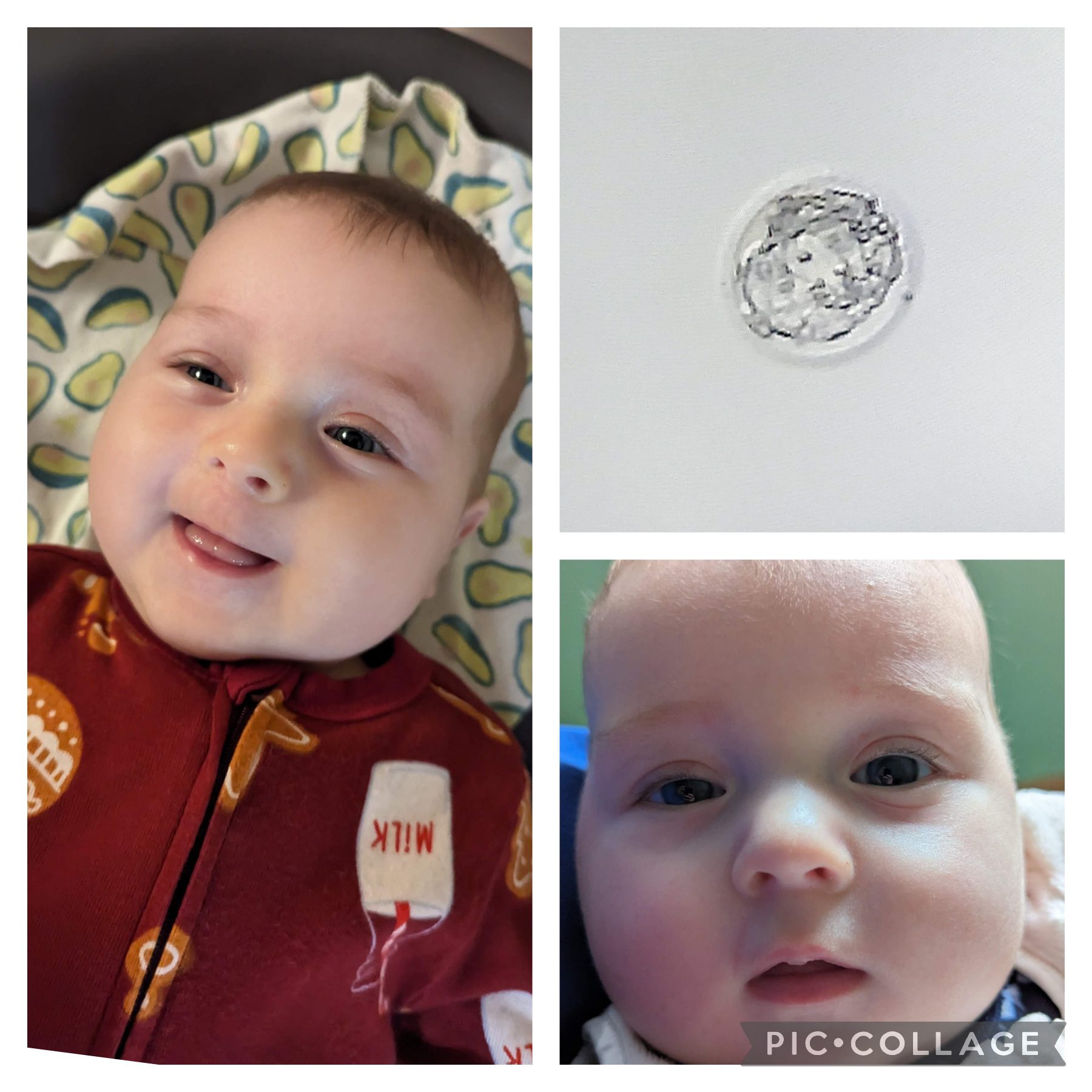
As they say, it only takes one, and Frances June, affectionately known as Frankie, was born in August 2023. Today, Frankie is a lively 14-month-old who loves giving hugs, climbing on everything, reading (and eating) books, and expanding her collection of pacifiers at daycare. Her big sister Ruthie, at 3.5 years old, has embraced her role with growing enthusiasm, lovingly calling Frankie baby Olaf after their favorite Frozen character.
Rachel thought back to her experience with her first child and said, “It’s a roller coaster with ups and downs, and you cannot understand it unless you live it. Being open to anything is definitely a truth here. I never thought I would be okay with an egg donor. I wrestled with it a lot. Would it feel like my baby? I want to go back and tell former Rachel to breathe, breathe, breathe. These girls are mine, they could not be more mine. From carrying them to breastfeeding them to 3 am wake-ups and peek-a-boo and all of the other things in between, I am their mom. I’m glad I took that leap, I’m grateful my husband was open to it. I’m grateful he let me test my limits and keep going so that we could complete our family.”
As older, perhaps wiser parents, Rachel and Mike embrace the challenges of parenting with humor and gratitude, celebrating the joy that their two healthy children bring into their lives.
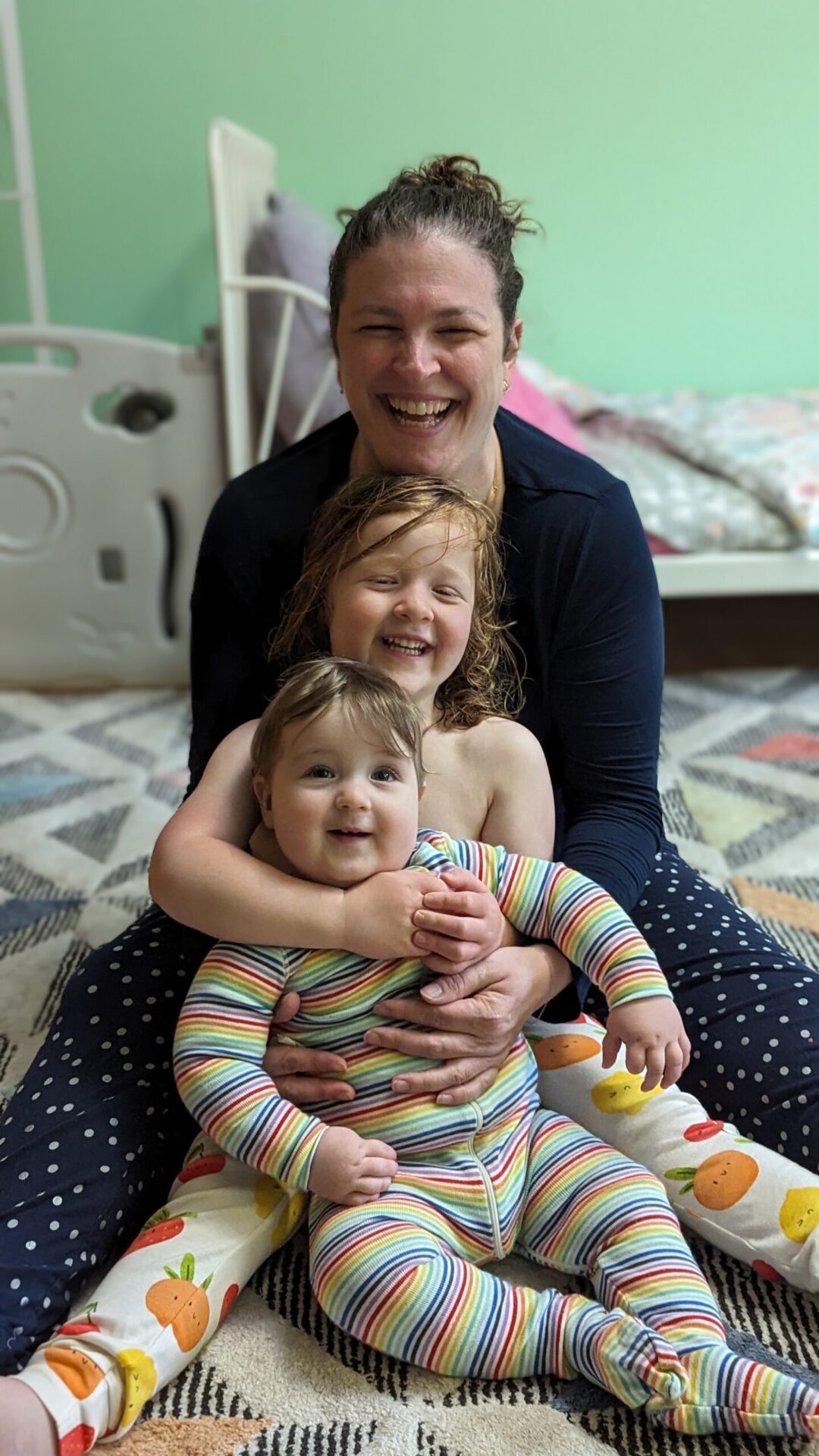
Words of Wisdom: Advice for Couples on the Path to Parenthood
By sharing her story, Rachel hopes to ease the path for others. She speaks candidly about the anxiety and the importance of support, noting how essential her husband and FCI support group were. “Find your scary and work through it,” she suggested, “I think my biggest scary was the uncertainty.”
She also emphasized the importance of talking to others and gathering different perspectives, even from unexpected sources. Letting people support you, she said, is vital, and shedding tears is okay because they make you stronger and more compassionate.
She also explained that it is essential to self-advocate: “Ask questions, demand answers,” she advised as she recalled the many questions she had about the process. She also shared that it’s okay, even expected, to feel overwhelmed, but remember, the journey’s goal is the love and completeness a family brings.
Looking back at the ups and downs, Rachel reflected, “Mike and I are so grateful for our babies. We knew we were up against a ticking clock and needed to get science on our side. With the guidance of Dr. Rapisarda, the work of the embryologists, doctors, nurses, and donor team, and the support of our insurance plan, we got the pieces in place and cracked that baby code two times.”

